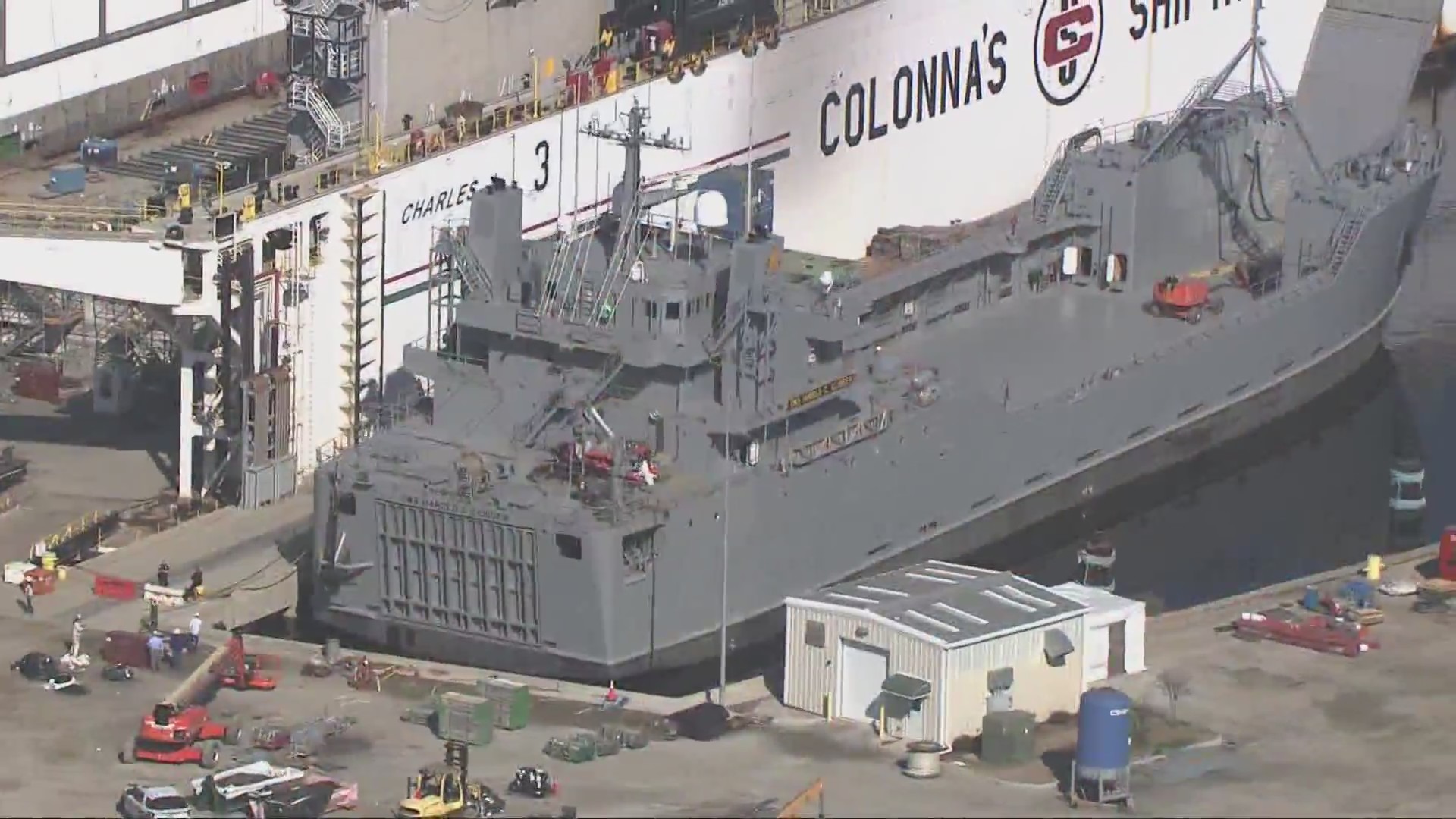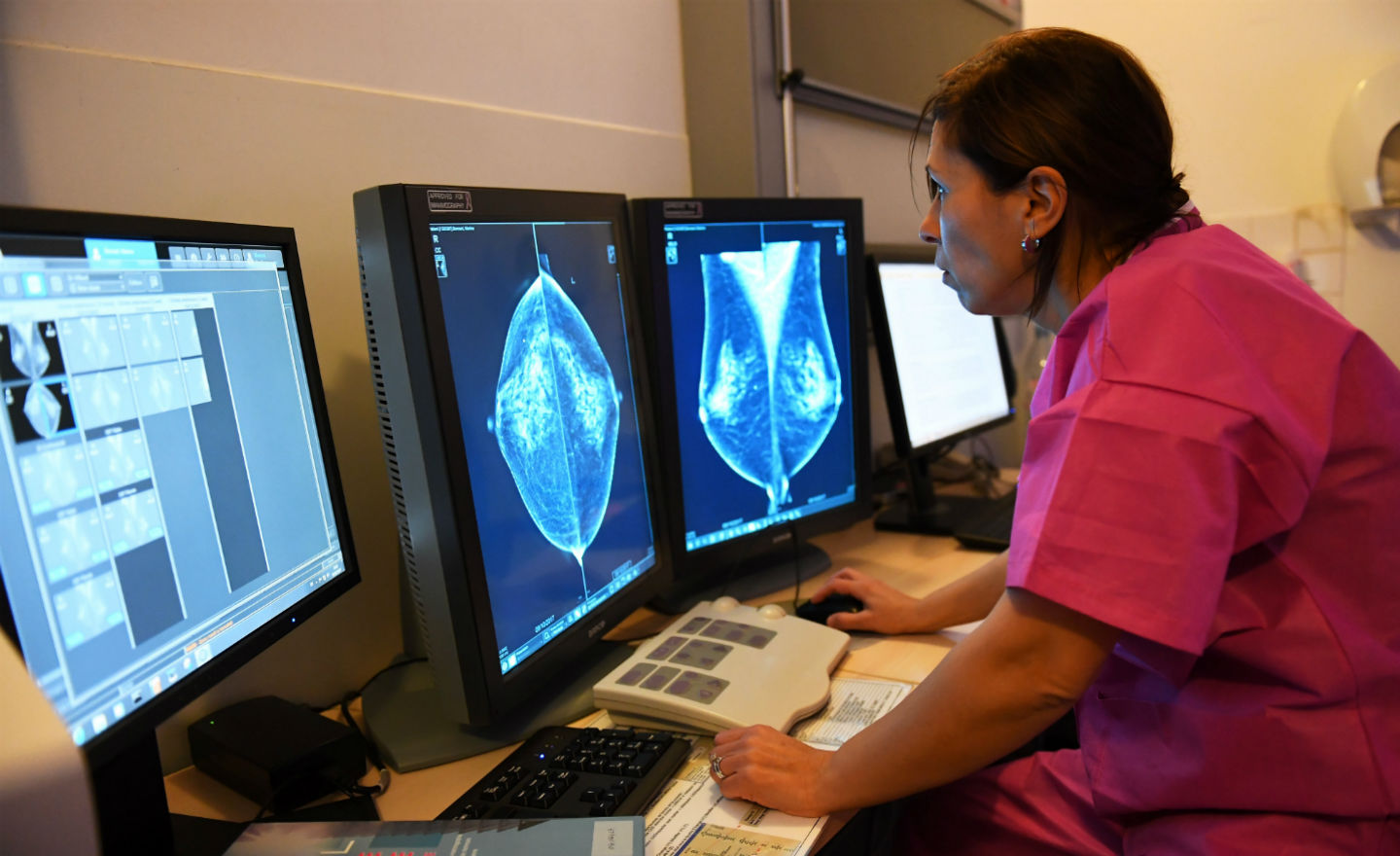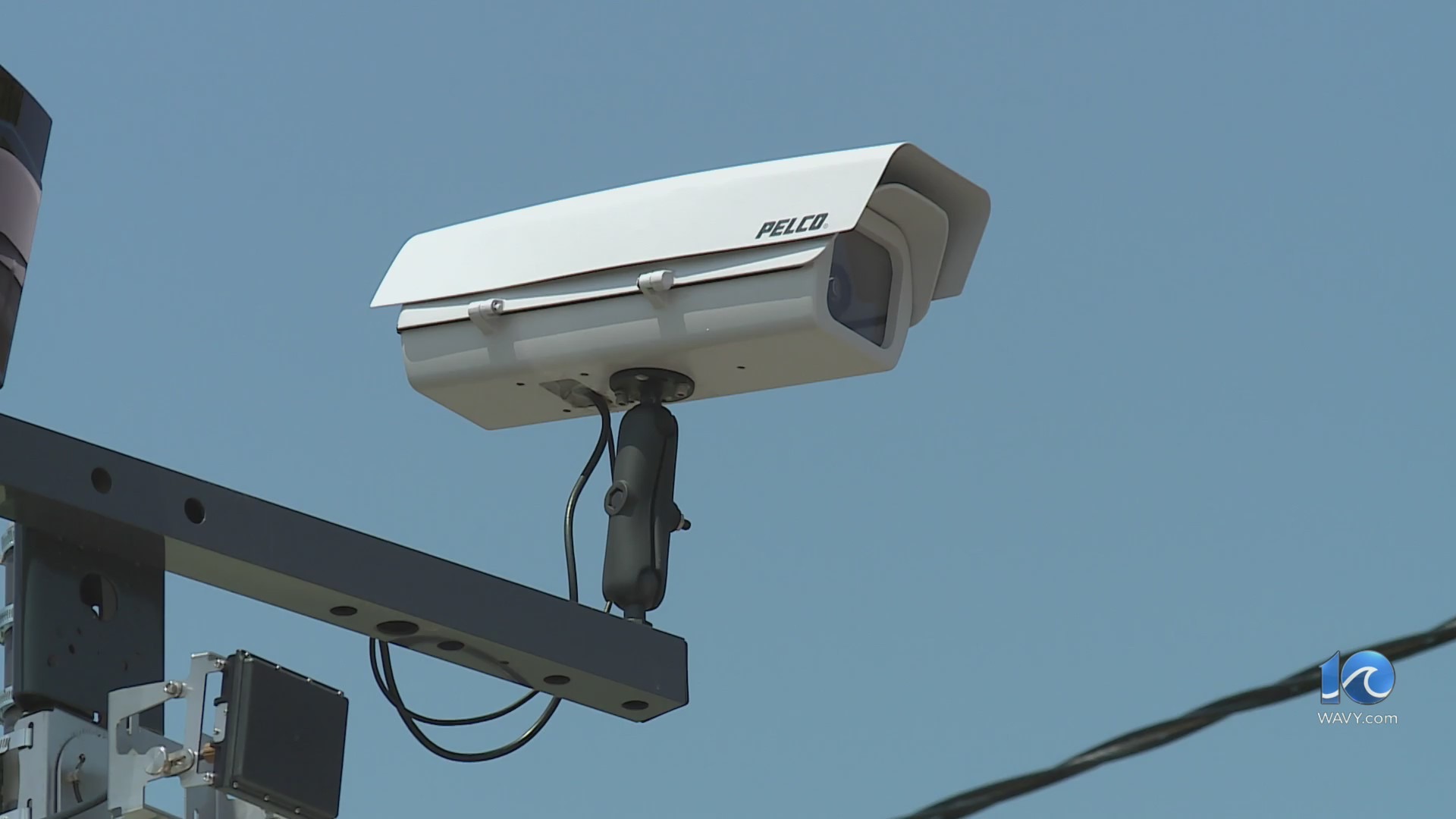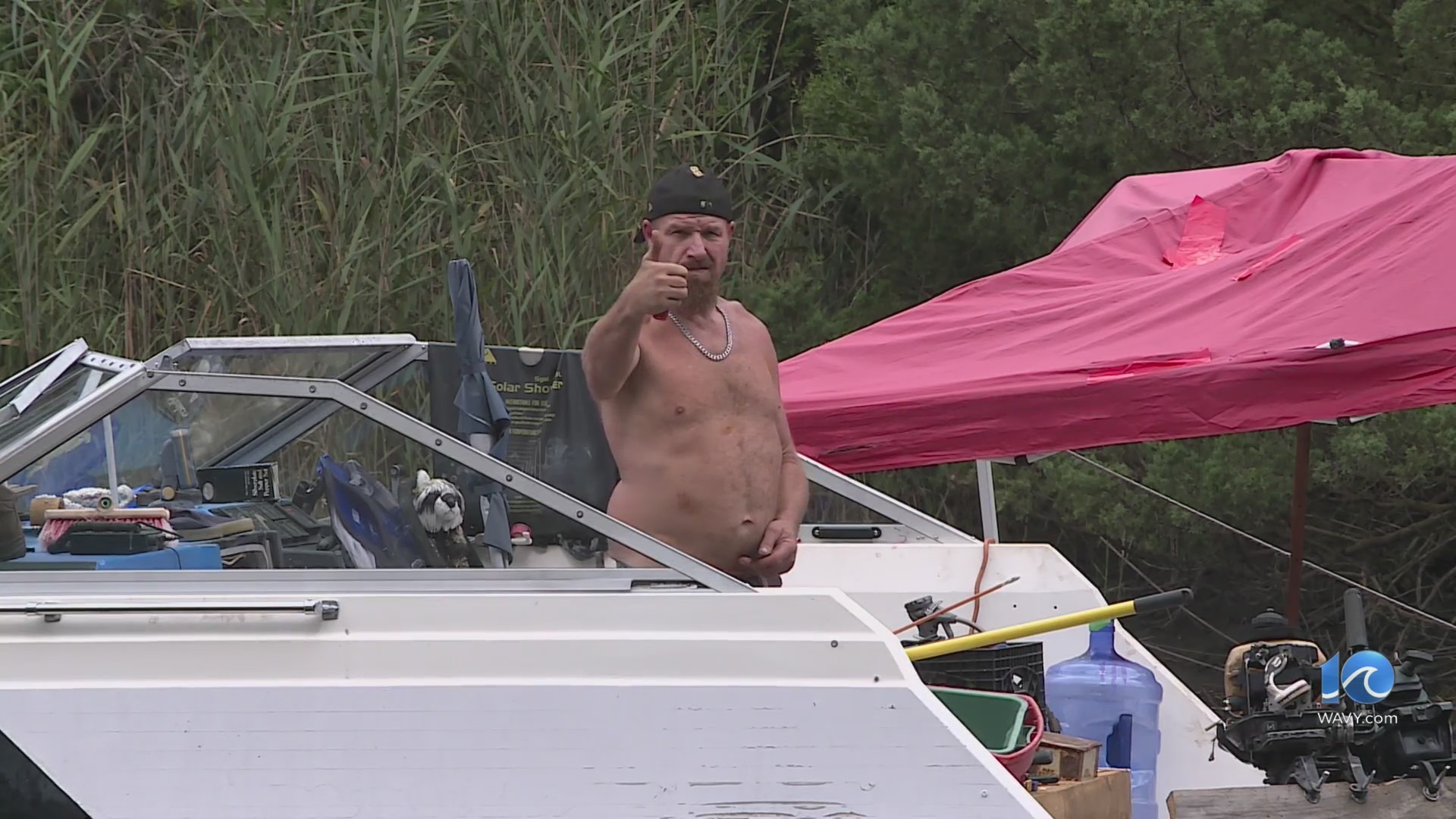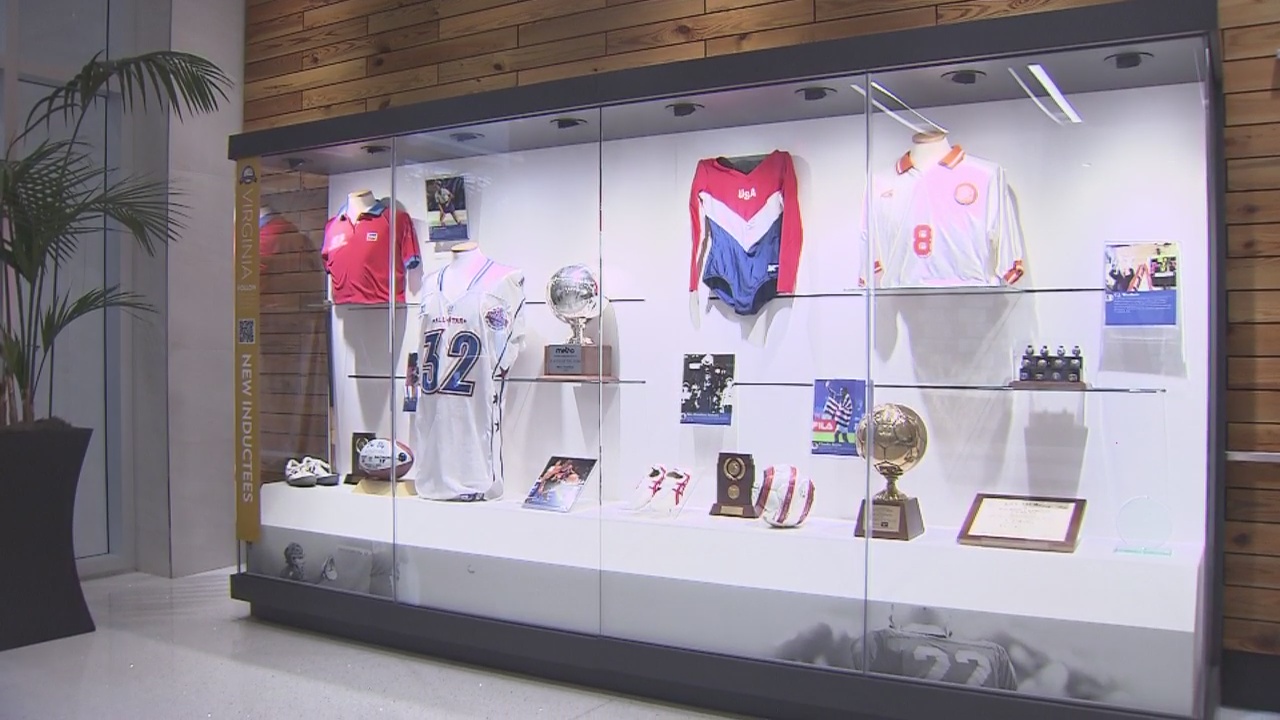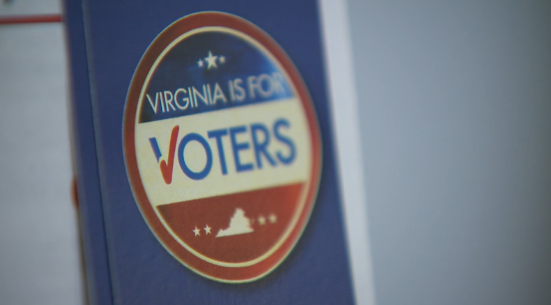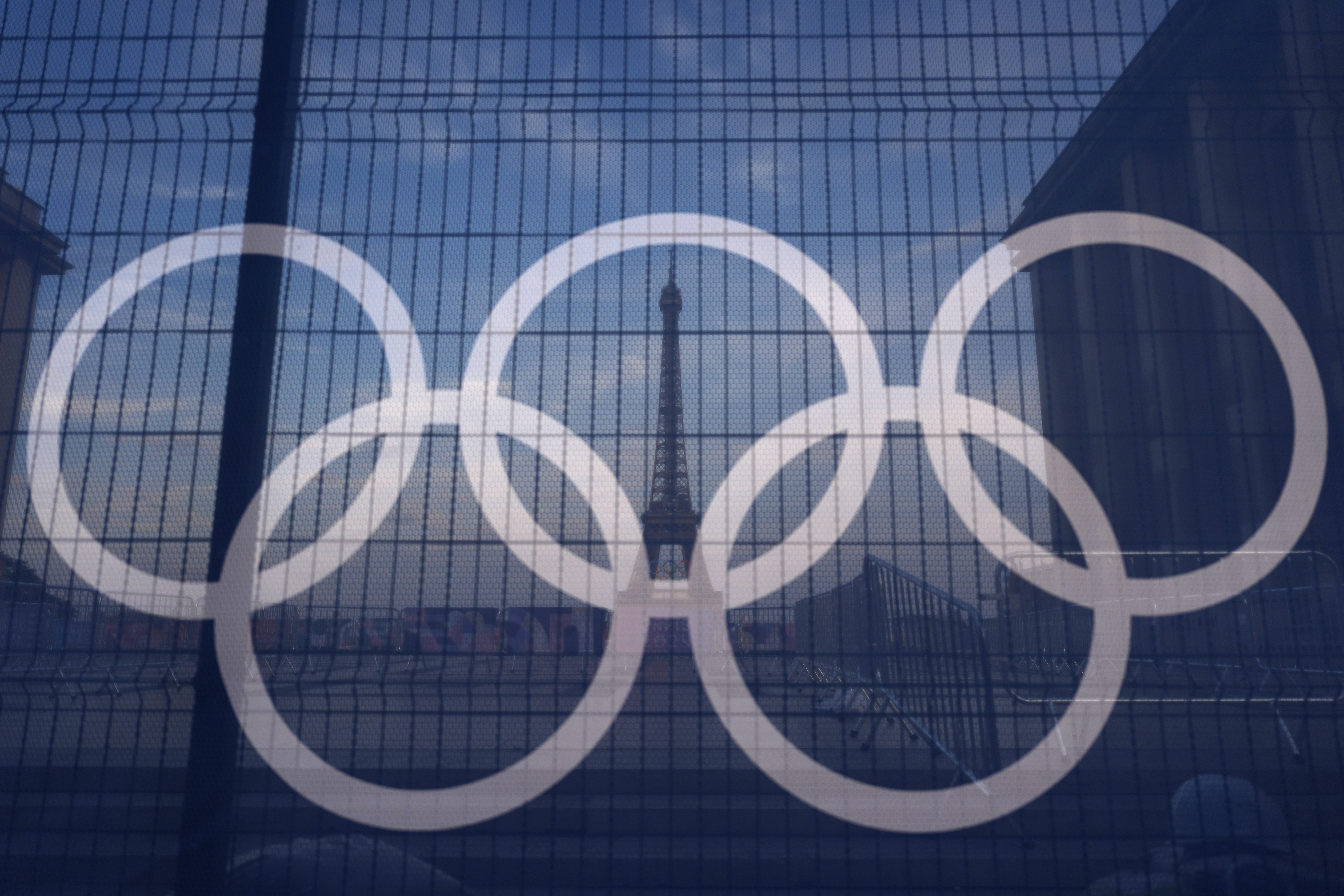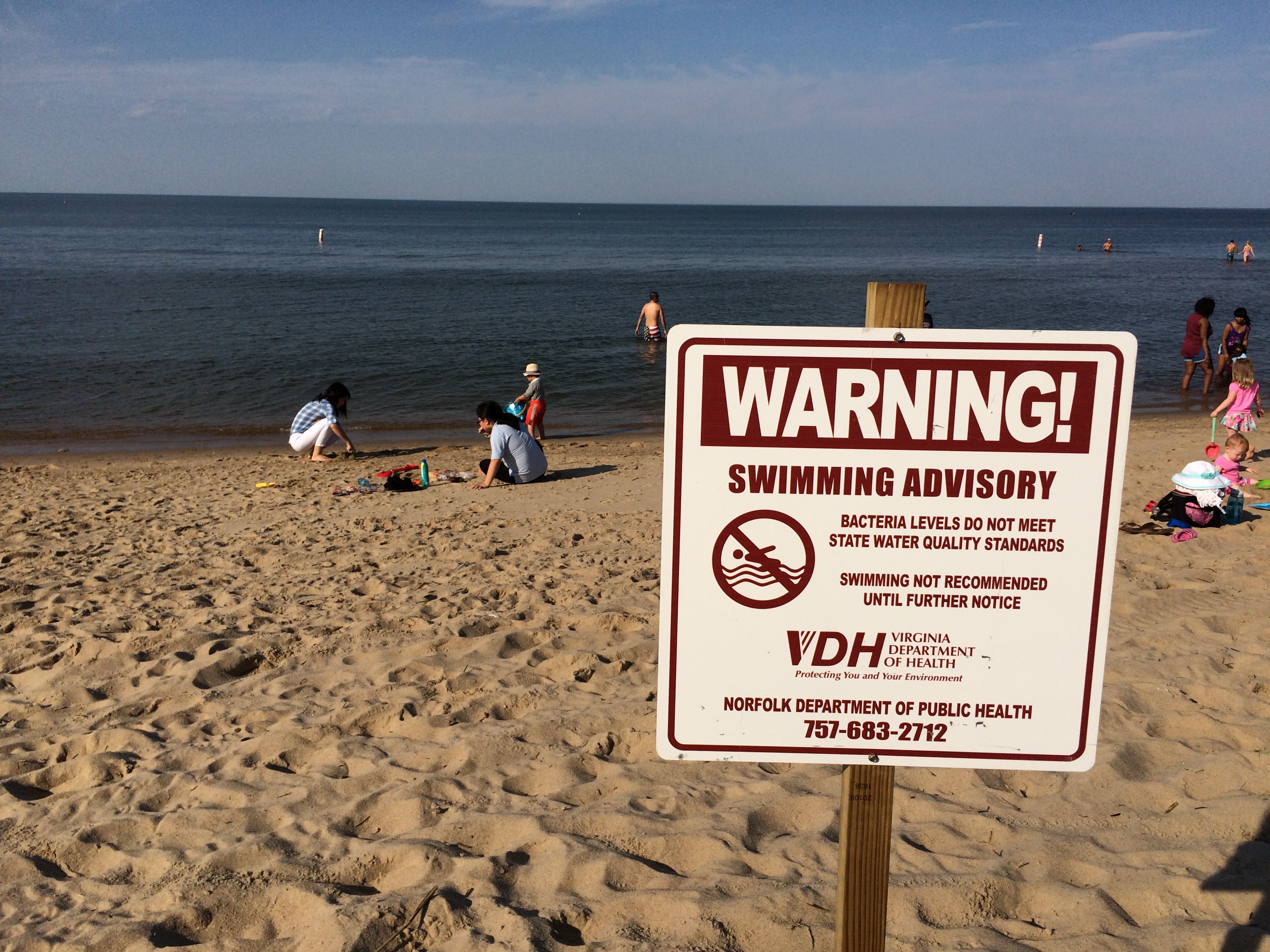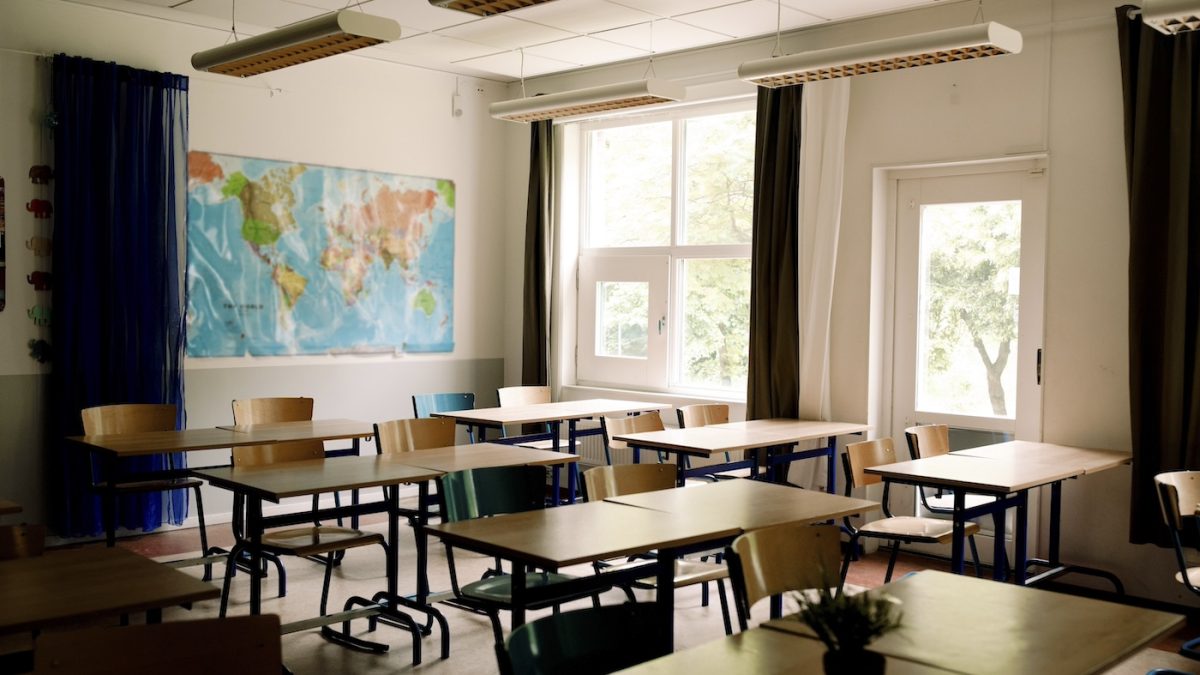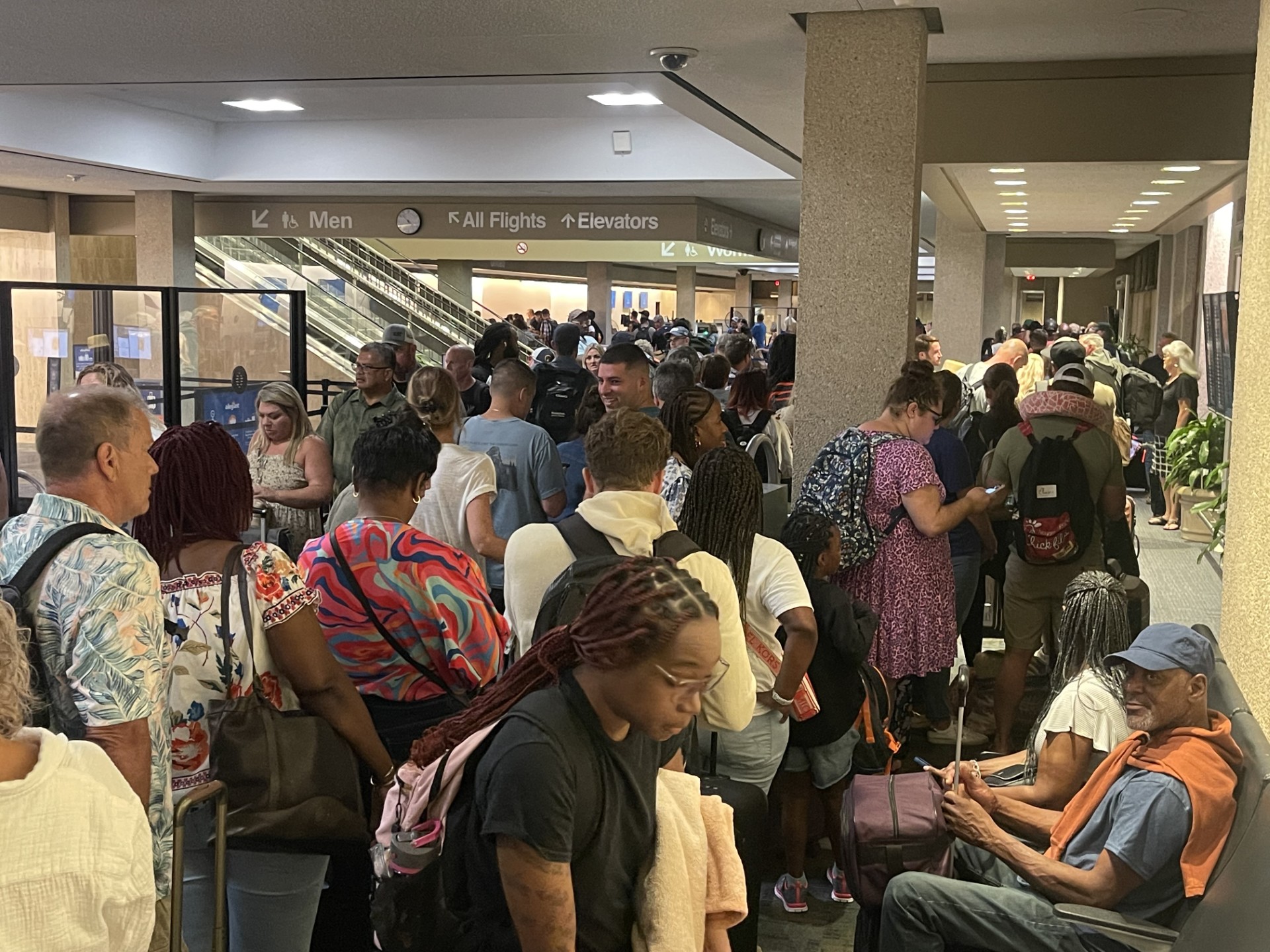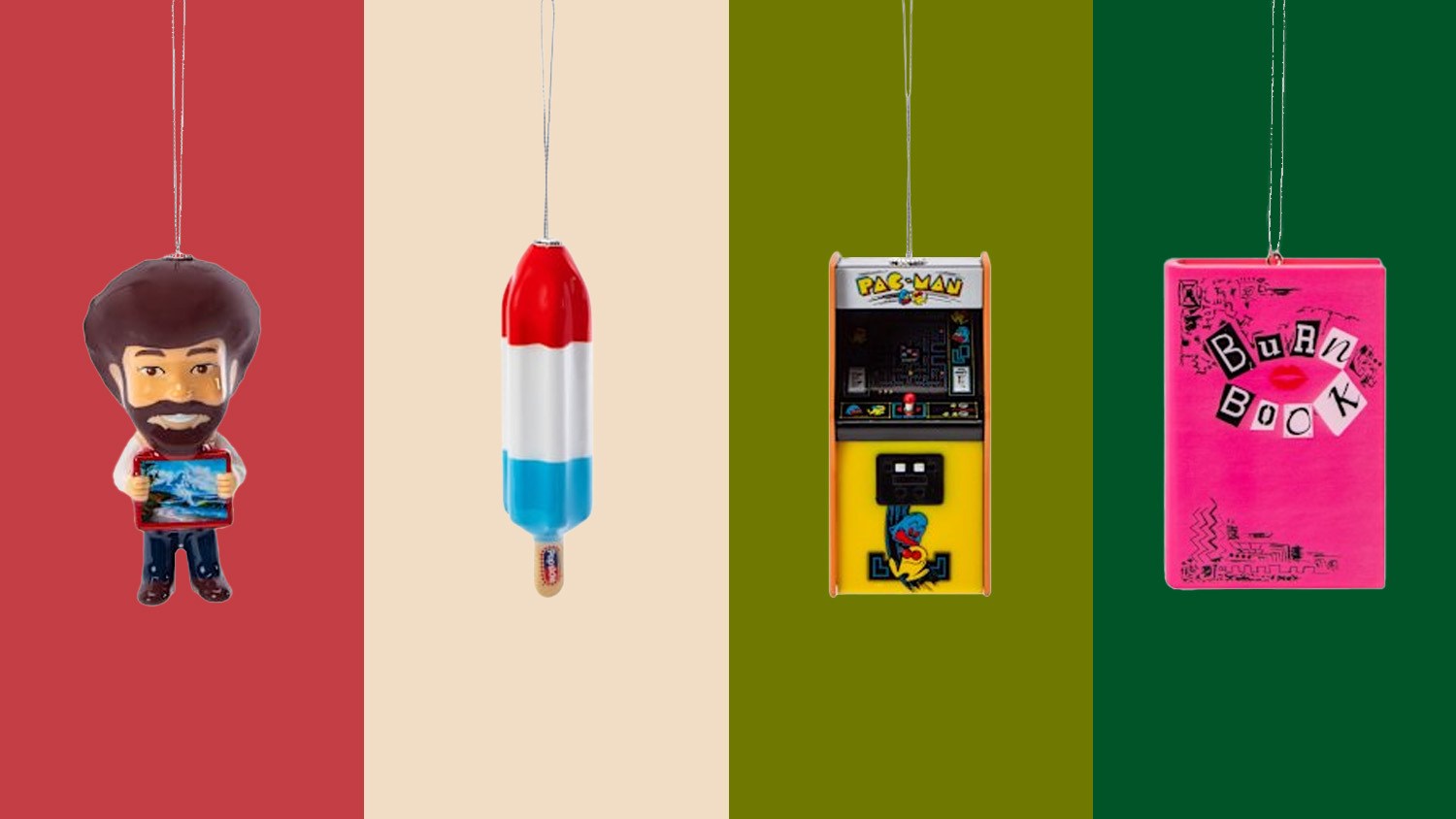DES MOINES, Iowa (WHO) — Iowa is home to about 1,200 World War II veterans, according to the National World War II Museum in New Orleans. Over time, the stories of these men and women are fading into the past.
Carrie Eloise Hoyla – Ellie to her friends – did her patriotic duty during the war. The Iowa veteran served in a lesser-known branch of the Navy, and to this day, she’s proud to have worn the uniform.
When you meet Hoyla, you might be surprised to learn she’s 101.
“They always say, ‘You don’t look it. You don’t look it.’ I say, ‘I don’t look it, but sometimes I really feel it,'” joked Hoyla
From wife and mother to great-great-great grandmother, she has lived a full life. One of Hoyla’s shining achievements dates back to 1942 when she joined the WAVES.
“I didn’t sign. My mother was the one. I worked at the ordnance plant that was … the bullets and stuff after graduation, and she said, ‘That’s no place for a girl to be working, so you’re going into the service,’” explained Hoyla.
WAVES stands for Woman Accepted for Volunteer Emergency Service. Eight decades ago, this small-town Iowa girl started her journey on a train to New York.
“What the tests and things they gave me, I guess my typewriting, which was from school, really was the only thing that showed up, so they sent me to San Diego, California, to a camp that was for teletype, and a teletype is a typewriter,” remembered Hoyla.
Like all WAVES, her role freed up men to serve in the war.
“Women entered the naval air stations, and they taught gunnery. They ran simulators, they taught ship and airplane identification. They learned the skills of metal fabrication. They could repair aircraft. So almost any job that a man could do, women stepped up and did during the war,” said Michael Vogt, curator at Iowa Gold Star Military Museum.
By the end of World War II, the WAVES numbered about 80,000 strong.
“There were so many personnel that it freed up enough male personnel to man 10 battleships, 10 aircraft carriers, 28 cruisers. Almost an entire task force was made available by the contribution of women serving in stateside roles and freeing up men to serve at sea,” Vogt explained.
That service was only temporary. After the war, Hoyla returned to Iowa as a married woman along with two military decorations: the American Campaign Medal and the World War II Victory Medal.
“I have never regretted it,” said Hoyla.
Hoyla went on an Honor Flight a few years back and saw the Military Women’s Memorial in Washington, D.C.
As for the secret to living a long life, the 101-year-old credits spending some of her golden years as a snowbird in Texas where she loved to dance and play volleyball.



























